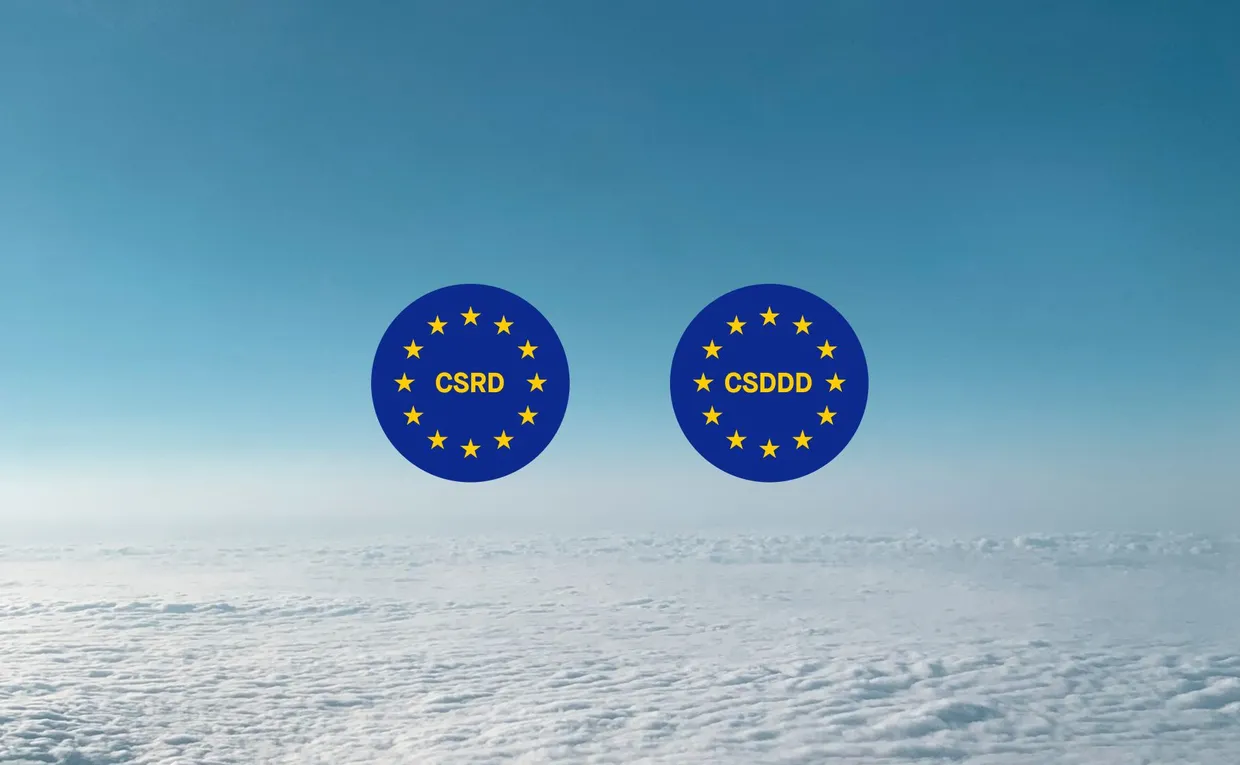Businesses are among the largest contributors to greenhouse gas (GHG) emissions, and their involvement in the race to net zero is essential to achieving significant reductions. Beyond environmental stewardship, proactive climate action can enhance a company’s reputation, ensure compliance with emerging regulations, and deliver long-term financial benefits through operational efficiencies and risk mitigation.
One of the most effective ways corporations and financial institutions can contribute to the fight against climate change is through carbon accounting.
The definition of carbon accounting
Similar to how financial accounting quantifies the financial impact of business activities, carbon accounting is the process of measuring a company’s environmental impact. It’s important to note that achieving net zero emissions is closely tied to effective carbon accounting practices.
Carbon accounting helps businesses to reduce GHG emissions by guiding the quantification, monitoring, and reporting of their climate impact. The process involves measuring direct carbon emissions, as well as those generated from supply chains and product life cycles. It is the first step in developing strategies to reduce corporate carbon footprints and align with global climate goals, such as the Paris Agreement’s objective of limiting global warming to well below 2°C.
Carbon accounting and net zero
There is a growing emphasis on aligning greenhouse gas (GHG) accounting standards with net zero goals and claims. To address this need, the Science Based Targets initiative (SBTi) launched the first-ever Net-Zero Standard for corporations in 2021. This standard provides a clear and practical framework for companies to set credible and ambitious net zero targets, helping them transition towards a sustainable, low-carbon future.
The Carbon Disclosure Project also plays a significant role in GHG reporting and corporate environmental impact disclosure, driving companies to disclose their Scope 1, 2, and 3 emissions and take action towards net zero goals.
The three scopes of greenhouse gas emissions
The GHG Protocol developed by the World Resources Institute, provides standards and tools for carbon accounting, ensuring accurate measurement and management of all three scopes of carbon emissions sources:
Scope 1: Direct emissions
These are emissions that are generated by your company’s operations, such as emissions from company vehicles, onsite fuel combustion, and manufacturing processes.
Scope 2: Indirect emissions from energy
This scope accounts for emissions from the generation of purchased electricity, steam, heating, and cooling consumed by your company. Although these emissions occur at the production source, they are considered indirect because your company uses the energy.
Note that renewable energy certificates are used in documenting the generation and supply of electricity through renewable energy resources and adjusting estimated Scope 2 emissions.
Scope 3: Other indirect emissions
Scope 3 includes all other emissions that occur in your company’s value chain. This encompasses a wide range of activities such as business travel, waste disposal, and emissions from the production and transportation of purchased goods and services. Scope 3 emissions often constitute the largest portion of a company’s carbon footprint and are the most challenging to measure and manage.




